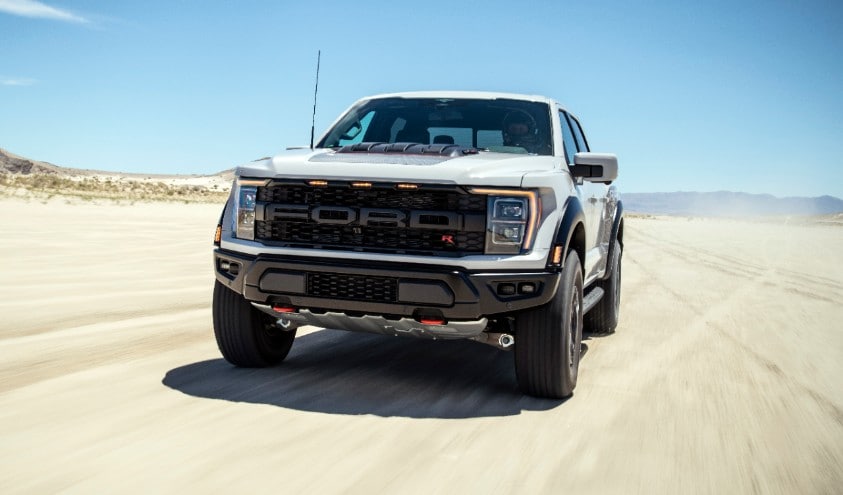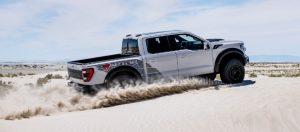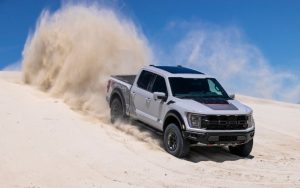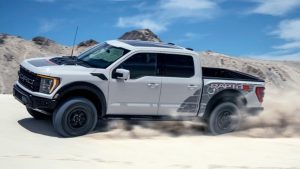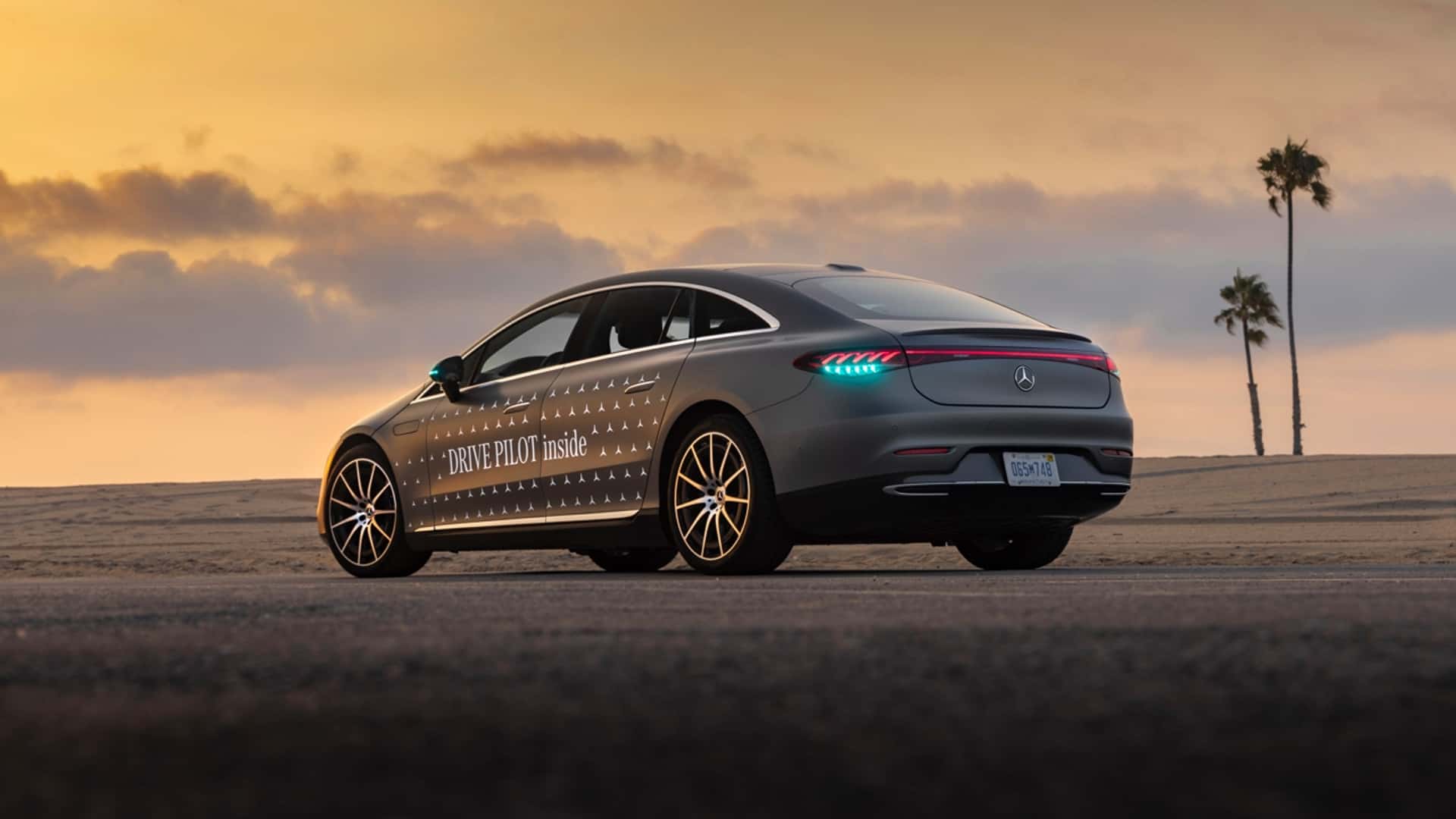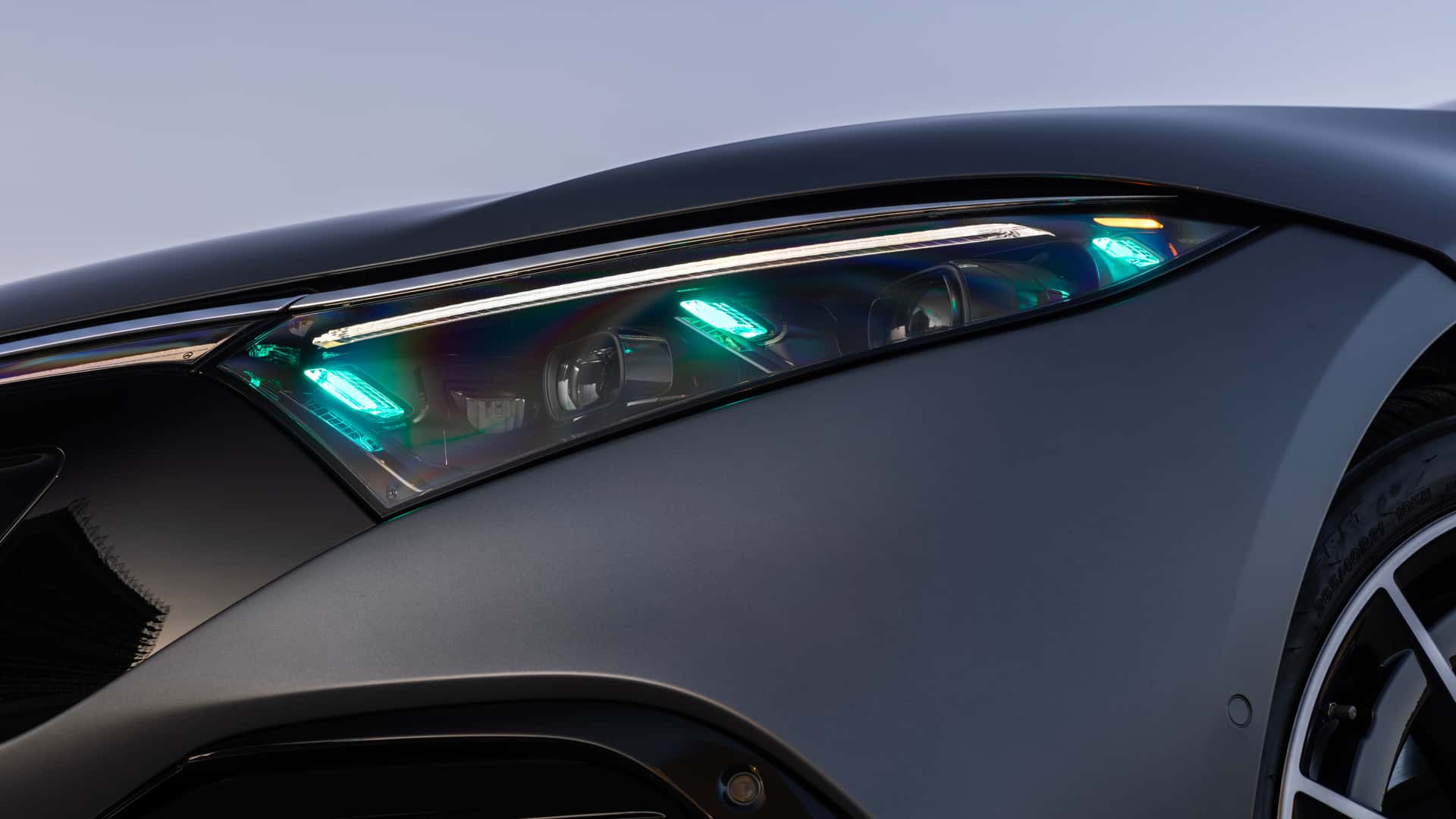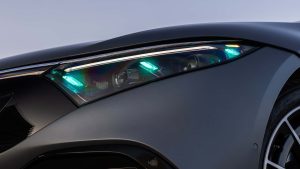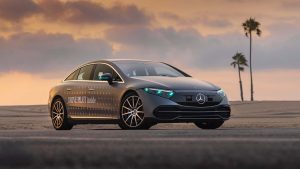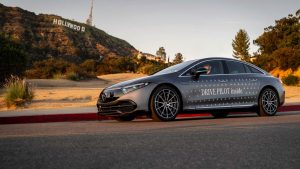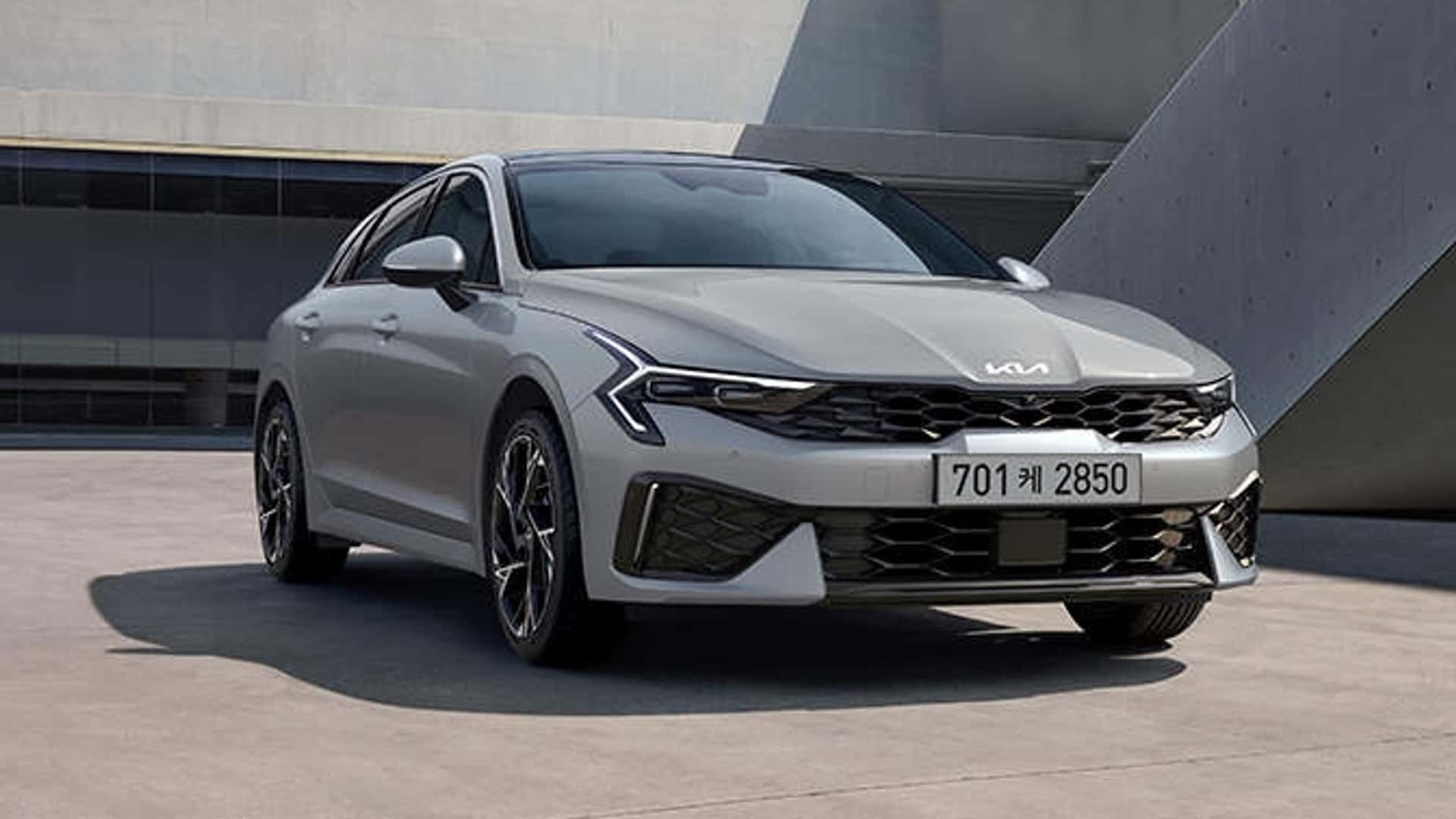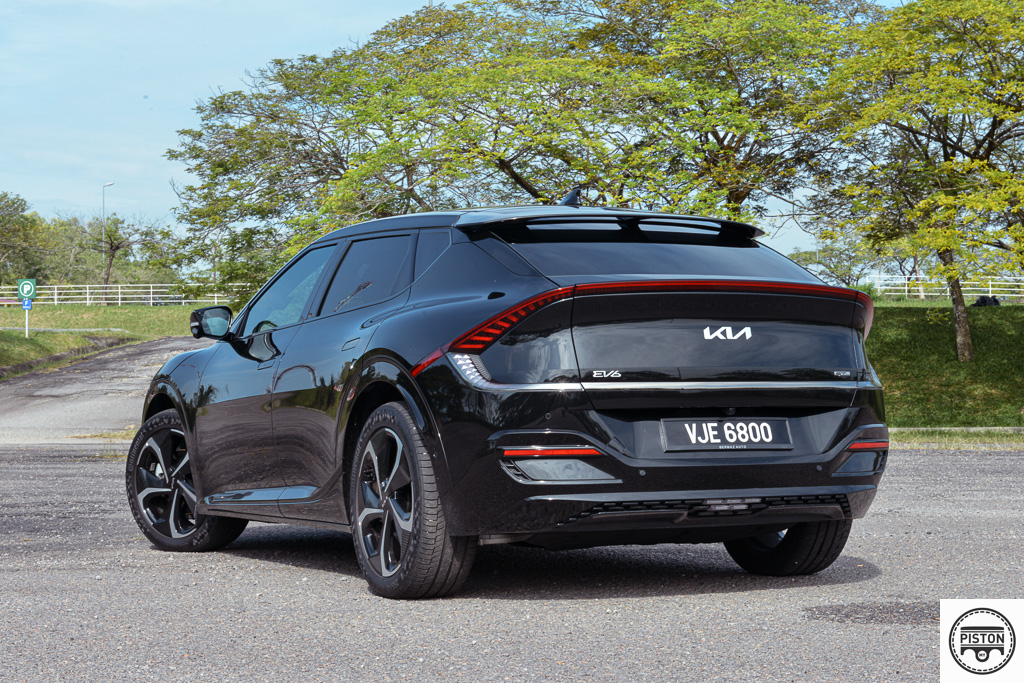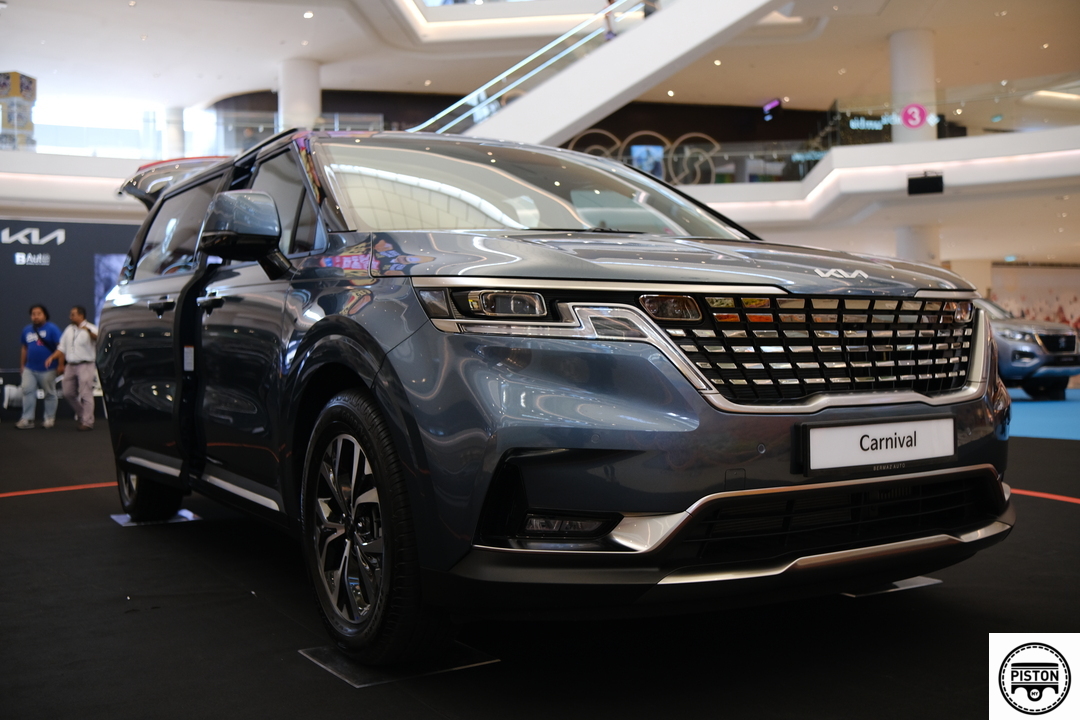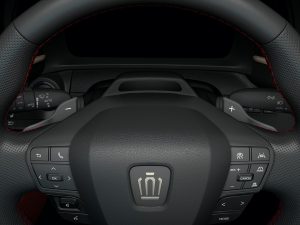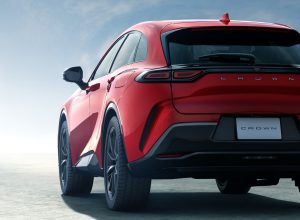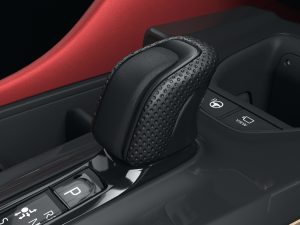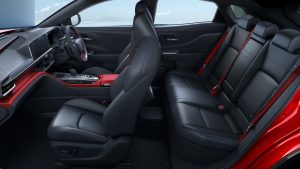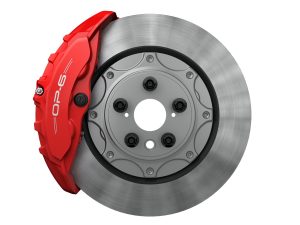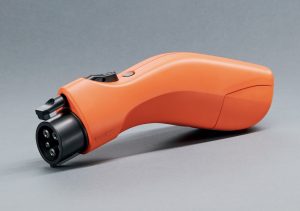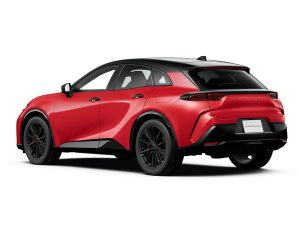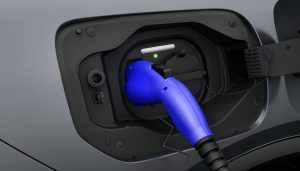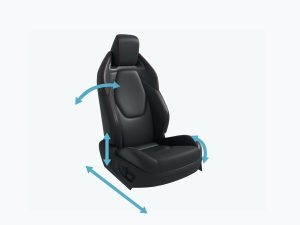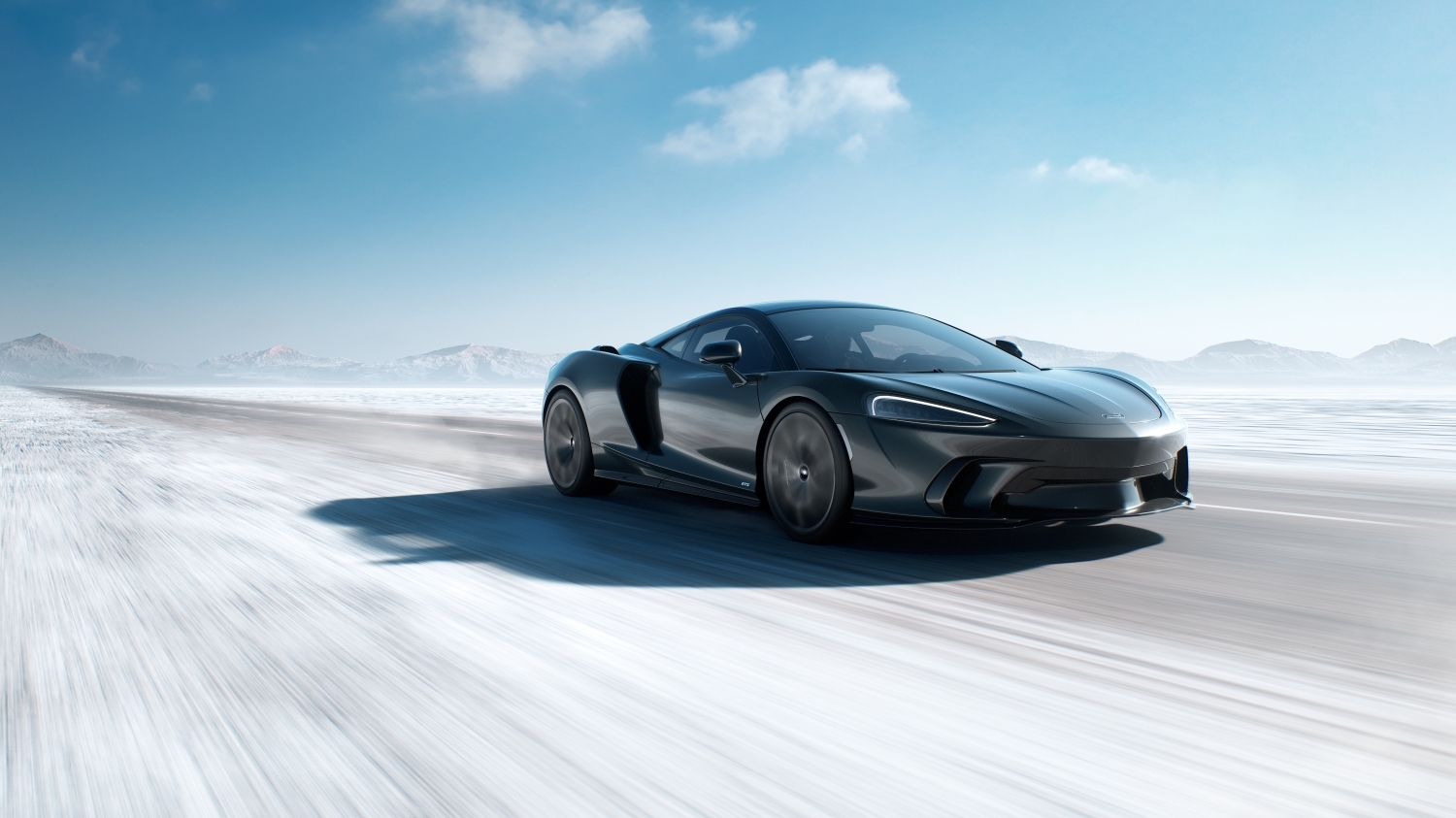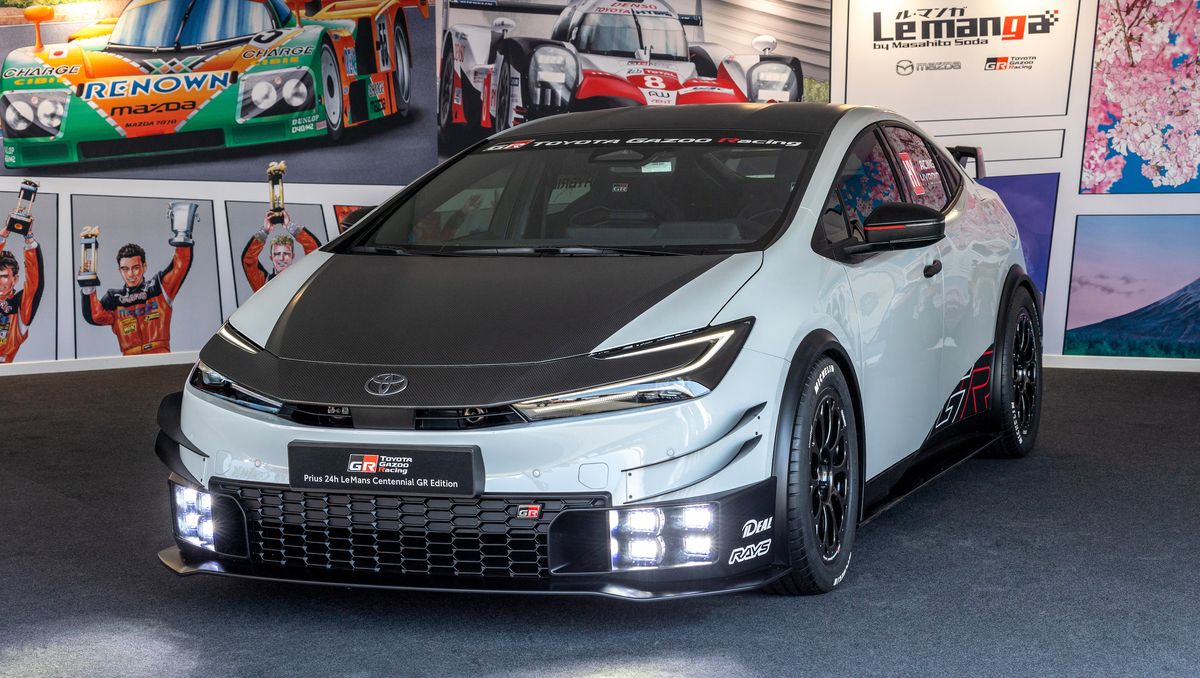In a pioneering move toward a sustainable automotive future, Toyota Motor Corporation has introduced the Crown Sport Plug-in Hybrid Electric Vehicle (PHEV) to the Japanese market, seamlessly blending advanced technology with a sporty design ethos.

The Crown Sport PHEV features a high-output density drive motor, providing a maximum system output of 306PS. It features a Series Parallel Hybrid with reduction gear (A25A-FXS 2.5-liter Dynamic Force Engine). This cutting-edge motor ensures seamless and powerful acceleration, setting a new standard in hybrid performance.

Positioned strategically beneath the vehicle’s floor, the large-capacity lithium-ion battery delivers a Battery Electric Vehicle (BEV)-mode cruising range suitable for daily use without compromising interior space. A fully charged battery provides a BEV-mode range of 90km and a hybrid-mode fuel economy of 20.3km/L, resulting in an impressive total cruising range of 1,200km or more.

To enhance driving stability, Toyota has incorporated the advanced E-Four electric 4WD system, distributing power to all four wheels. This system not only improves stability but also ensures control in various driving conditions, including cornering and adverse weather.

The Crown Sport PHEV ensures optimal body rigidity balance with added braces to the floor tunnel. The Adaptive Variable Suspension (AVS) system, along with paddle shifters, delivers a smooth and planted ride, allowing for seamless gear shifts.
Equipped with a performance-oriented braking system, the vehicle features 20-inch ventilated disc brakes and exclusive six-piston callipers for enhanced stopping power and a sporty exterior aesthetic.
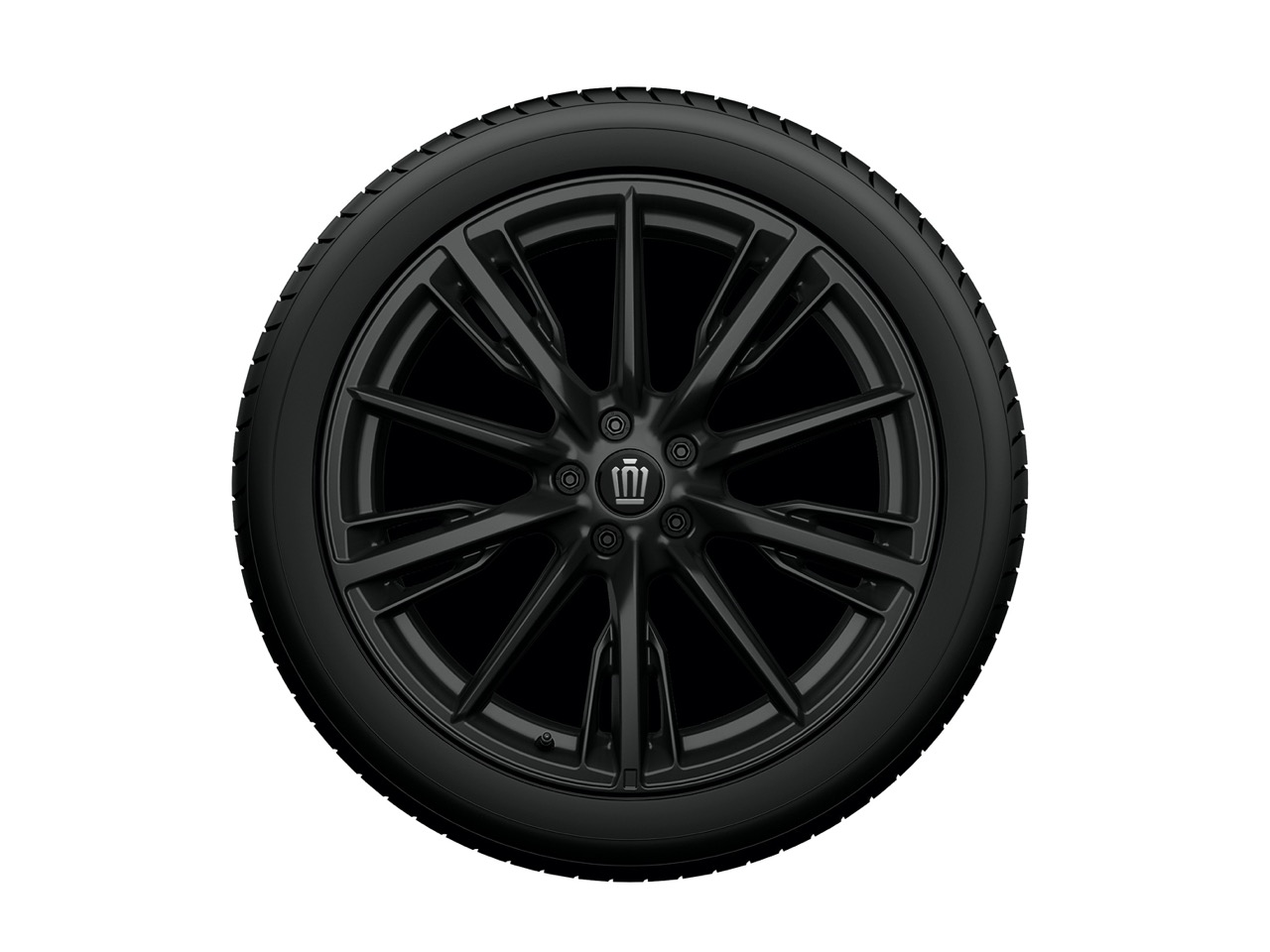
With its 21-inch large-diameter, wide tires and distinctive triple spokes on black aluminium wheels, the Crown Sport PHEV boasts a sporty and luxurious exterior design, appealing to drivers seeking a dynamic yet sophisticated look.
The interior adopts a black and red asymmetrical colour scheme, injecting excitement into the driving experience. Sports seats with red stitching provide firm support for the driver, enhancing the overall thrill of driving.

The Crown Sport PHEV supports both standard and rapid charging functions, with the rapid charging capability reaching 80% battery capacity in approximately 38 minutes. Additionally, the innovative Vehicle to Home (V2H) system allows the Crown Sport PHEV to supply stored electricity to the home during blackouts or emergencies.

Toyota’s Crown Sport PHEV represents a revolutionary fusion of performance, cutting-edge technology, and environmental consciousness, catering to drivers who seek a dynamic driving experience without compromising on hybrid efficiency. This model marks a significant step toward Toyota’s commitment to a sustainable and electrified automotive future.
In Japan, it is priced at ¥7,650,000 (RM247,627).







